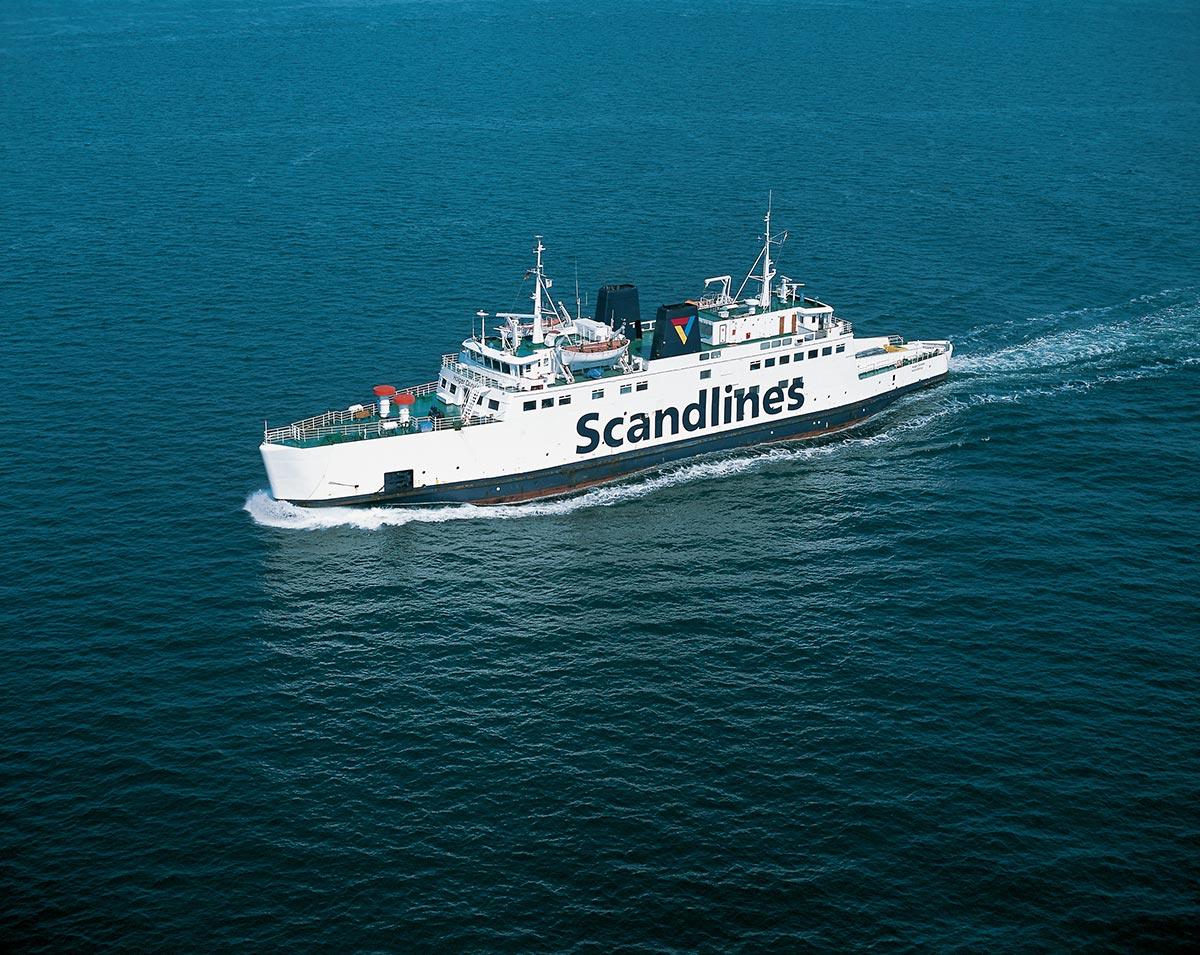Digital Twin – Manoeuvring Performance
Task leader: FORCE Technology
Task number: 1.4
The overall aim of the task is to develop a Digital Twin concept related to the manoeuvring performance of a ship
The main value proposition of the proposed Digital Twin concept is related to very precise – and always updated – knowledge of the actual manoeuvring performance of the vessel which will benefit design optimization (also in case of retrofitting e.g. bulbous bows and/or propulsion devices), optimization of on board operation and simulator based training.
The improved quality of the manoeuvring model will benefit the propulsive performance model developed in Task 1.2 and the track keeping system developed in the Autonomous Vessel WP 2 . Likewise the manoeuvring performance model will benefit from information about the actual condition of the engine, hull and propeller efficiency, fouling a.o. from the digital twins developed in Task 1.2 and Task 1.3.
The Digital Twin for Manoeuvring Performance will include loading conditions and shallow water effects. The Digital Twin for Manoeuvring Performance can be utilized by other ShippingLab work packages or as a core component in a ship simulator as e.g. in FORCE Technology’s SimFlex4 simulator system.
Based on comprehensive sensor input from the real ship – alternatively data from an advanced ship simulator – a high precision shore based digital twin representing the manoeuvring performance of the ship will be maintained through an innovative self-tuning AI/Machine Learning scheme. System identification/parameter estimation integrated with the learning scheme will update selected parameters in a manoeuvring model using recorded data.
The most challenging and novel feature of the Digital Twin for Manoeuvring Performance is related to the AI/Machine Learning scheme for identifying the very accurate manoeuvring performance data for the actual ship. Data (ranging from on board propulsive and navigational data to hindcast weather data) will be collected for a demonstrator vessel and a learning scheme will be developed using advanced system identification methods
“Using machine learning methods for model optimization will give FORCE Technology a new way to match the ships real behavior and ensure skills learned in a simulator can be utilized directly onboard. The digital twin can be used by AI algorithms to e.g optimize operations and find the time and energy optimal way to turn ship.”
Task partners
FORCE Technology
Scandlines
DTU Electrical Engineering
